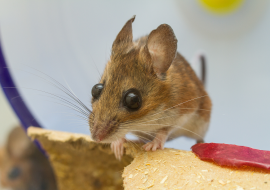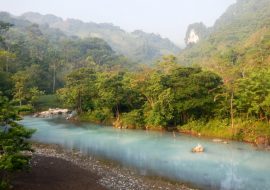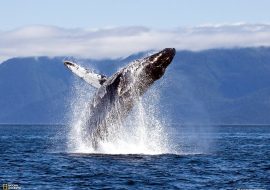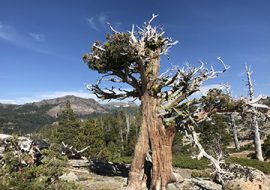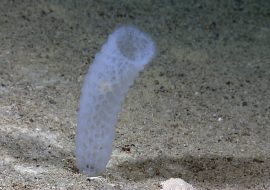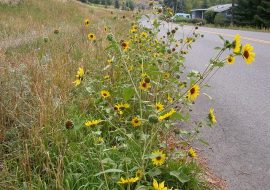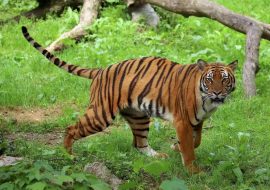Adapting to temperature is critical for any organism. Thus, many mammals, especially small, temperature-sensitive ones, have adaptations allowing them to modulate their metabolisms to adapt to their local winter temperatures, at an energetic cost (Chappell, 1980; Garcia-Elfring, Barrett, & Millien, 2019; Geiser & Ruf, 1995). The optimal metabolic modulation could be very precise, and would […]




